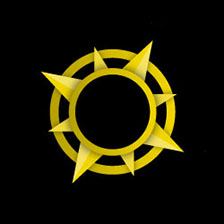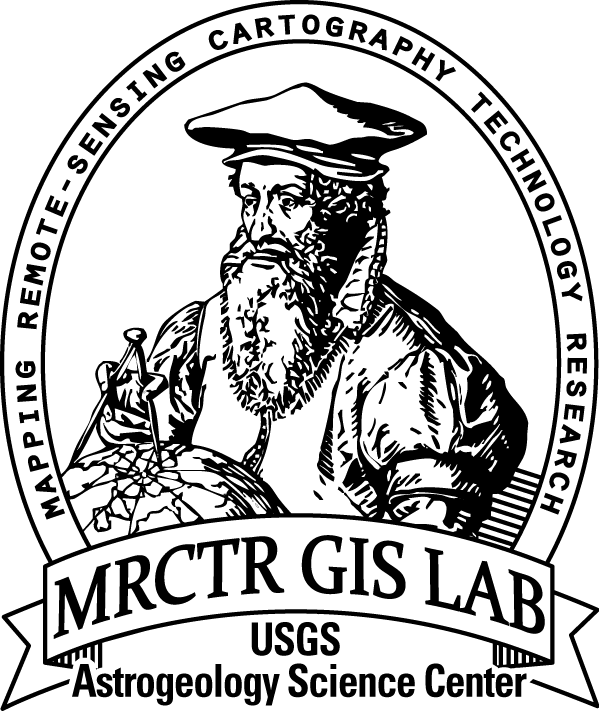Mars Odyssey, launched in 2001, is the longest-lived Mars orbiter. Major goals of the Odyssey mission are to determine hydrogen abundance, globally map surface elements, and acquire high-resolution thermal infrared images with its instrument called THEMIS (Thermal Emission Imaging System). Odyssey also serves as a communication relay for landers such as the Mars Exploration Rovers Spirit and Opportunity.
Several USGS scientists use THEMIS images in their work. Dr. Robin Fergason uses THEMIS data to quantify the physical properties of the Martian surface, and then uses that information to better understand the surface evolution and geologic history of Mars. Dr. Tim Titus uses THEMIS images to monitor the advance and retreat of the Martian seasonal polar caps. The temperature contrast between soil and ice makes THEMIS thermal imagining an ideal tool to map the polar cap edges. Rose Hayward used 40,000 THEMIS thermal infrared images to construct the original Mars Global Digital Dune Database. The initial release of this database included 550 dune fields located between latitudes 65N and 65S. This database has since expanded to include the entire surface of Mars. Glen Cushing uses THEMIS-VIS (Visible-Imaging Subsystem) and thermal infrared to look for Martian atypcial pit craters, which are nearly cylindrically shaped pits that can be deeper than wide. Some of these pits have been proposed to provide access to underground caves.














